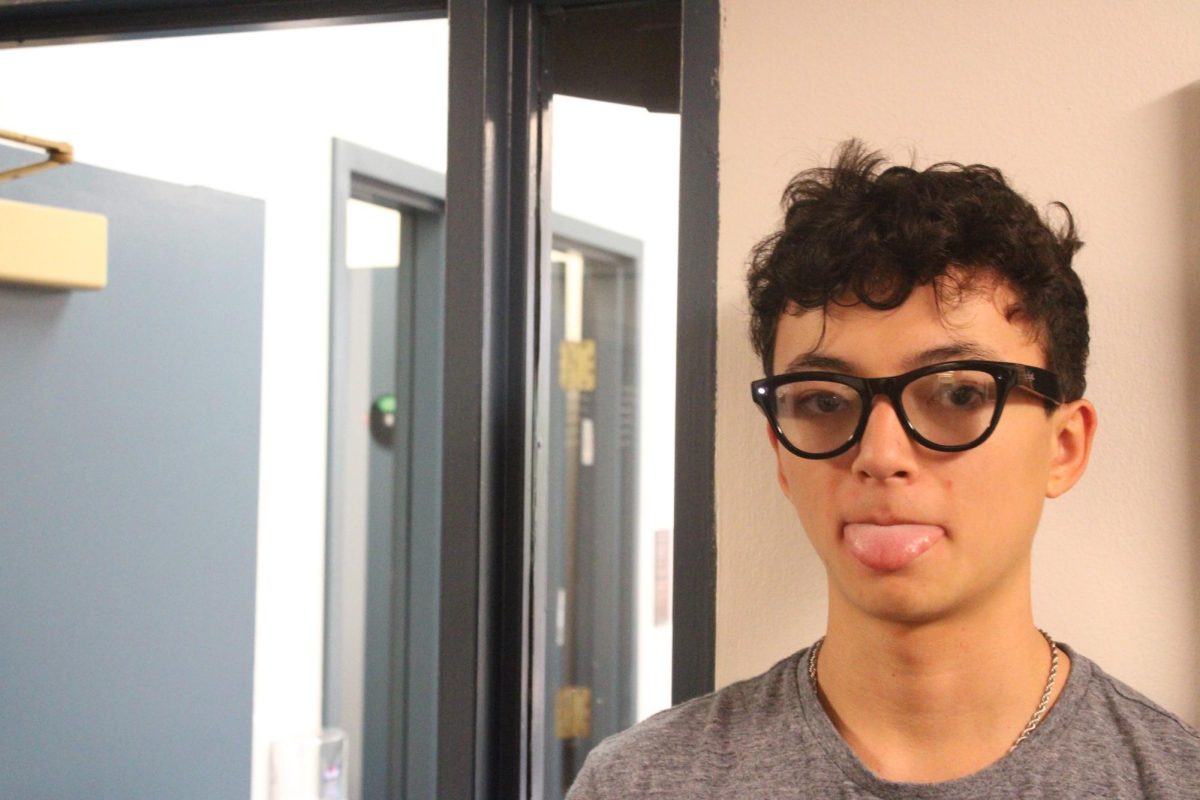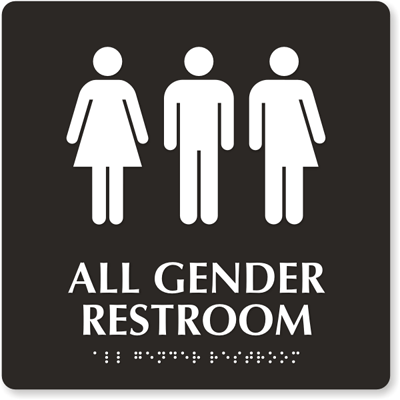Frani O’Toole
As a private school, our education is not subject to external factors like city budgets or city politics. As a private school, we have the authority to dictate every aspect of our learning. As a private school, our evaluations are self-conducted, and rarely contain words like “overcrowded” or “underutilized.” As a private school, our autonomy means we often narrow our focus to topics that directly affect Latin. And, even as a private school, we are still impacted by larger events in our city-wide community — including the recent decision by the Chicago Board of Education to close 54 of its Chicago Public Schools.
While Latin may not be part of the network of CPS, certain connections make the issue especially relevant to our community. With eight of the 44 new students in the rising freshman class coming from a Chicago Public School –and similar numbers in each of the Upper School classes- our student body has strong ties to the CPS system. While these students no longer attend Chicago Public Schools, sophomore and graduate of A.N. Pritzker School Milon Hutchinson says “If they have siblings trying to get into Latin, the CPS junior high closings could possibly mean their sibling might not be able to get into a good high school.” With its certain impact on future Latin classes,the CPS closures are important for our community to consider and discuss.
More important than the school closures’ influence on us, however, is its impact on the displaced students themselves. Sophomore Alexis Lopez, who attended John F. Eberhart School before coming to Latin, said “if a kid is forced to change schools, he may have to cross gang territories exposing him to recruitment and violence. I personally would not want to go another neighborhood that I may not know at all especially since I’m a teenager. Crossing the borders of gangs, I become a target of gang members either for recruitment or to be attacked. I think this can also demoralize many bright young kids who may be afraid to cross areas because there are gang members waiting to recruit or pick on them.” When discussing violence in our city, many of us hope schools and education will be the answer, not the problem. In addition to the potential increase in violence, the closures threaten to worsen some of the city’s other concerns. Sophomore Hanan Ahmed, who went to Walt Disney Charter School, said the CPS closures reminded her of a classmate who was homeless. “Our class was a really tight-knit community, and because he got to know everyone he wasn’t intimidated to speak up [and ask for help from other students and teachers]. I bet if he were at a bigger school [which students from closed schools will be consolidated into] he would have never spoken up.” Furthermore, the dissolution of the “tight-knit communities” at these schools disrupt valuable student-teacher relationships; while many of us at Latin eagerly await our schedules for next year, students impacted by the closings are anticipating a transition to unfamiliar classes with unfamiliar teachers.
The justification behind the majority of the closings comes from the results of an evaluation conducted by the Chicago Board of Education. The findings revealed that a significant number of CPS were “underutilized,” meaning they failed to make adequate use of all their available space and resources. The solution, the CBE says, is to shut down the “underutilized” buildings, and reallocate the funds to newly-consolidated schools. The problem with consolidating schools, continues Alexis Lopez, is that “teachers, instead of teaching a maximum of 25 students, will now be teaching kids of 35-40 like at my old school. I speak from experience, a classroom that size, it’s harder to learn or get help when you don’t understand something. I understand that we have to cut down on spending but education is the most important thing for the future of this city and closing schools is not helping.” At Latin, we value small class sizes, and the intimate student-teacher relationships and personalized learning they facilitate. As it turns out, our 15:1 class size is well below the CPS “ideal” of 30:1 — we’re “underutilized.” With that in mind, how would Latin have performed in a CPS evaluation? Our “green police” efforts to save energy by not using classrooms would be a sign of “underutilization,” and work against us in an evaluation. Our generosity towards improving and maintaining our state-of-the-art facilities would certainly tax the CPS budget, lowering our ranking even more. Ironically, it seems some of our strongest Latin values and amenities would likely have resulted in our closure.
As a private school, there are certainly factors that differentiate us from public schools. It is those differences that can make an issue like the CPS closures seem distant, or unrelated to Latin. As students and as Chicagoans, however, the CPS closures are important to discuss and study; regardless of what type of school we’re taught at, there are certain issues we can all learn from.
]]>



















































jmora • May 15, 2013 at 9:20 pm
It’s absolutely surprising to see what CPS is doing to thousands of children in Chicago. Last year I had a homeroom of 33 students and I hear classes are just getting bigger from there. One of the schools closing is a couple blocks from my elementary school so most of the students are transferring there, which I think will cause extreme overpopulation. Half the building doesn’t even have air conditioning! The true question is, what will this mean for the youth and Chicago’s future?